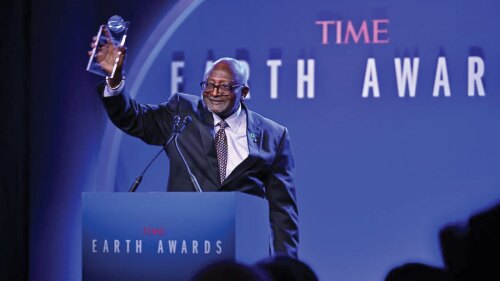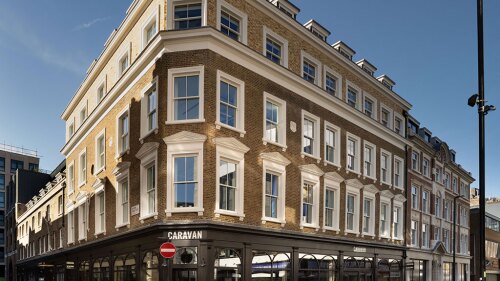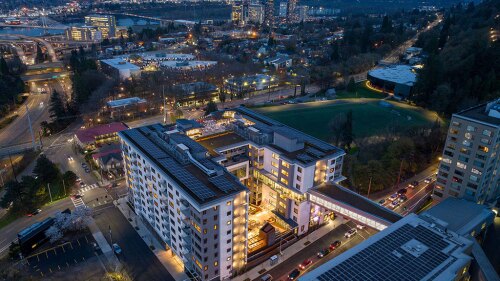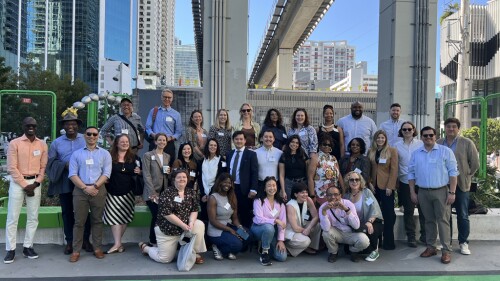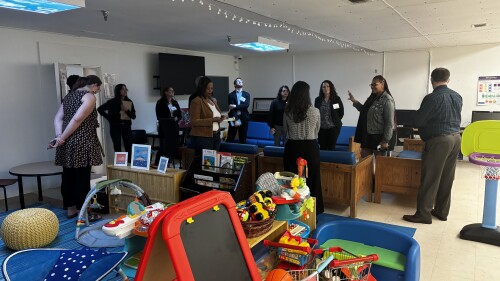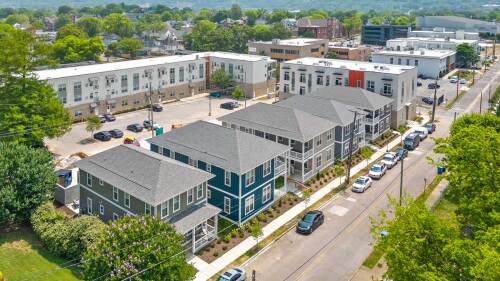Topics
Capital Markets and Finance
After a quiet first half of 2024, CMBS originations increased 59 percent in Q3 on a year-over-year basis, according to the Mortgage Bankers Association’s Quarterly Survey.
Real estate economists’ outlook on the U.S. economy and real estate markets improved throughout the year as economic data remain strong and real estate values and performance seem to be nearing bottom. Survey responses indicate that a soft landing has become the consensus view. The Fall 2024 ULI Real Estate Economic Forecast, a semiannual survey of economists and analysts, marks a shift toward greater optimism for real estate performance in the near term, with recovery taking shape in 2025.
The outlook for the European real estate market is cautiously optimistic despite growing geopolitical uncertainty and concerns about economic growth, with London, Madrid, and Paris emerging as the standout performers, according to a new report by PwC and the Institute.
Design & Planning
A recent announcement from the Atlanta city government has once again sparked conversation around the redevelopment of a once-vibrant mall in Atlanta’s historic West End neighborhood.
Aberdeen, South Dakota’s rich history as a bustling hub with a vibrant downtown provides a strong foundation for revitalization. Historic photos of Main Street from the early 1900s could easily be mistaken for scenes from Brooklyn, New York, of the same era. Understanding why the town moved away from this dynamic core, and lost its historical vibrancy, is essential.
Texas Southern University professor and environmental justice advocate to receive ULI Prize for Visionaries in Urban Development.
Development and Construction
In the heart of London’s Covent Garden neighborhood, a complex of five Victorian-era structures—previously housing a seed merchant company, a brass and iron foundry, and a Nonconformist chapel, among other uses—have been restored and adapted into a single, cohesive office building with ground-floor retail and dining space. The three-year restoration preserved the property’s industrial heritage and provides flexibility to meet the needs of today’s workforce.
Recently, three new senior housing apartment towers opened in the metropolitan area of Portland, Oregon.
10 museum buildings strengthen ties to communities and the public realm
Resilience and Sustainability
Operationalizing ULI’s Net Zero Mission Priority
Experts suggest more comprehensive soil testing to ensure wildfire victims can safely return home
A city renowned for its vibrant culture and sweeping coastal skyscrapers, Miami set the stage for this year’s ULI Health Leaders Network Introductory Forum. Spanning the course of three days, Cohort 8 learned from local practitioners and explored the various ways in which the city marries real estate and land use with health and social equity. The Health Leaders toured historical and contemporary neighborhoods, provoking thoughtful discussion on how Miami development compared to their own local contexts.
Issues and Trends
Estimates suggest that, on any given night, almost 800 individuals are unsheltered, and more than 3,700 are living in emergency or transitional housing in Philadelphia. Homelessness can often be connected to difficulties in finding affordable housing.
Eight months after the devastating 1995 bombing, a 13-member panel delivered a report detailing downtown redevelopment strategies.
The ULI Terwilliger Center for Housing has announced two winners for this year’s Jack Kemp Excellence in Affordable and Workforce Housing Award, as well as two winners for the Terwilliger Center Award for Innovation in Attainable Housing.






